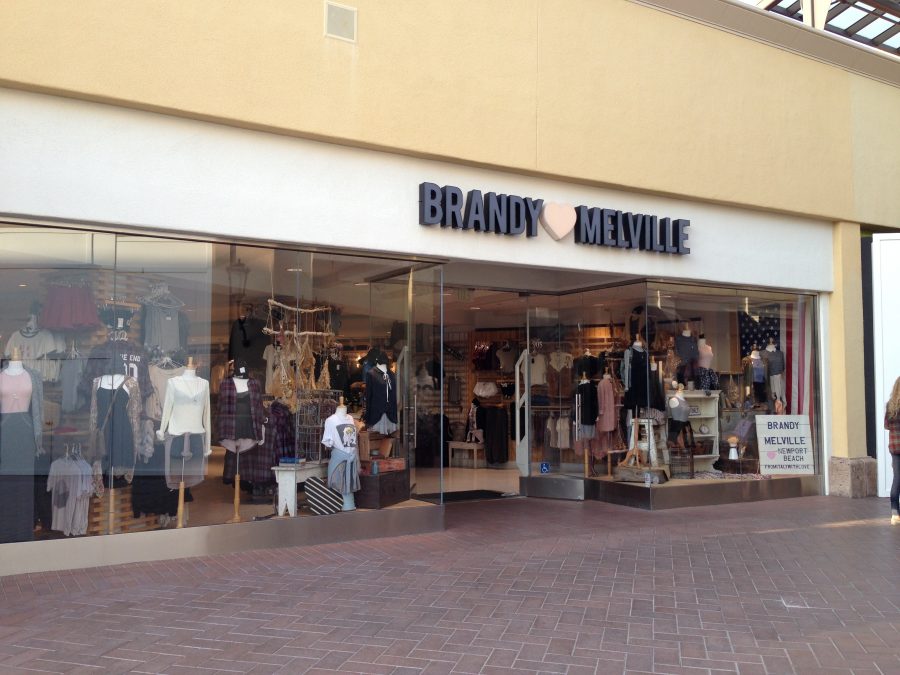
A few years ago, a new boutique, Brandy Melville, popped up at the Fashion Island shopping center in Newport Beach, California. Now, Brandy Melville has stores across the nation and across the world, and wherever there is not a Brandy store, Pac Sun sells its merchandise. While Brandy Melville sells run-of-the-mill items like crop tops and high-waisted skirts, they offer something other stores do not: the “one size fits all” ideology. Each top, skirt, or dress is offered in only one size because, according to Brandy Melville, one size can fit everyone.
A one-size-fits-all system does seem clever and convenient. It makes production simple for the manufacturing company: all it has to do is make the clothing using one set of measurements, leaving little room for confusion or error. It makes shopping easier as well; consumers do not have to waste time trying on the same article of clothing in different sizes.
However, the one-size-fits-all system raises one large question: does one size really fit everyone? The answer is no. While the system seems ingenious and effective in theory, it is completely impossible to put into practice for so many reasons.
The main reason is that people have different ideas of what it means for clothes to “fit.” Sure, someone who is a size two and someone who is a size twelve may be able to wear the same piece of fabric, but that does not mean the clothing fits comfortably for both of them. On one hand, the size two finds her torso overwhelmed by an oversized, baggy pile of cloth; on the other hand, the size twelve is largely exposed because the same top barely covers her. In theory, the one-size-fits-all system is successful because both the size two and the size twelve are able to wear the top, but in practice, both are left unsatisfied.
This is when only carrying one size becomes an issue. It is difficult for stores to appeal to people on all ends of the size spectrum, so instead, stores consciously cater to a certain size group under the façade that their clothing fits everyone.
So who did Brandy Melville decide to cater to? Simply put, the skinny people. It is almost common knowledge amongst teenage girls that the skinnier a girl is, the more likely she is able to fit into Brandy Melville merchandise. The store itself does nothing but subtly perpetuate that mindset. While merchandise is supposed to fit everyone, Brandy Melville’s website and social media accounts exclusively display models that are thin and tall with flat abs and thigh gaps.
Brandy Melville’s “one size fits all” standard implies that if a girl cannot fit into clothes made to fit everyone, her body is imperfect The store therefore reinforces a negative body image and fosters low self-esteem in girls who do not fit the store’s clothes. It sends the message that only skinny models are beautiful, and larger, curvier girls are not. By using a one-size-fits-all system that specifically caters to smaller sizes, Brandy Melville constructs a culture where skinny is the only acceptable size…because it is the only size available.
By CHRISTINE SMET
Staff Writer









